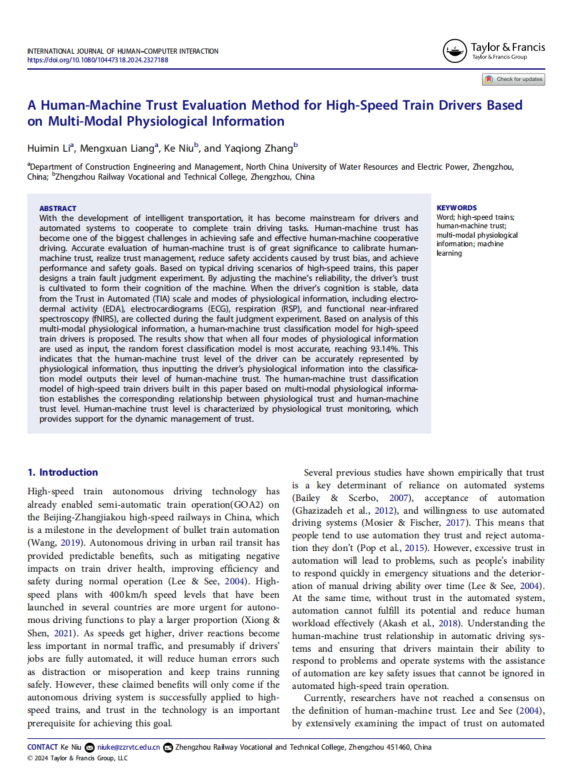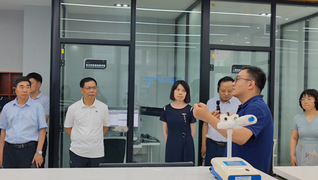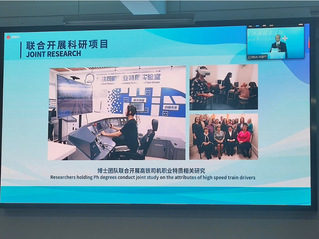
ABSTRACT With the development of intelligent transportation, it has become mainstream for drivers and automated systems to cooperate to complete train driving tasks. Human-machine trust has become one of the biggest challenges in achieving safe and effective human-machine cooperative driving. Accurate evaluation of human-machine trust is of great significance to calibrate humanmachine trust, realize trust management, reduce safety accidents caused by trust bias, and achieve performance and safety goals. Based on typical driving scenarios of high-speed trains, this paper designs a train fault judgment experiment. By adjusting the machine’s reliability, the driver’s trust is cultivated to form their cognition of the machine. When the driver’s cognition is stable, data from the Trust in Automated (TIA) scale and modes of physiological information, including electrodermal activity (EDA), electrocardiograms (ECG), respiration (RSP), and functional near-infrared spectroscopy (fNIRS), are collected during the fault judgment experiment. Based on analysis of this multi-modal physiological information, a human-machine trust classification model for high-speed train drivers is proposed. The results show that when all four modes of physiological information are used as input, the random forest classification model is most accurate, reaching 93.14%. This indicates that the human-machine trust level of the driver can be accurately represented by physiological information, thus inputting the driver’s physiological information into the classification model outputs their level of human-machine trust. The human-machine trust classification model of high-speed train drivers built in this paper based on multi-modal physiological information establishes the corresponding relationship between physiological trust and human-machine trust level. Human-machine trust level is characterized by physiological trust monitoring, which provides support for the dynamic management of trust.
Reference:Li, H., Liang, M., Niu, K., & Zhang, Y. (2024). A Human-Machine Trust Evaluation Method for High-Speed Train Drivers Based on Multi-Modal Physiological Information. International Journal of Human–Computer Interaction,41(4), 2659–2676. https://doi.org/10.1080/10447318.2024.2327188



